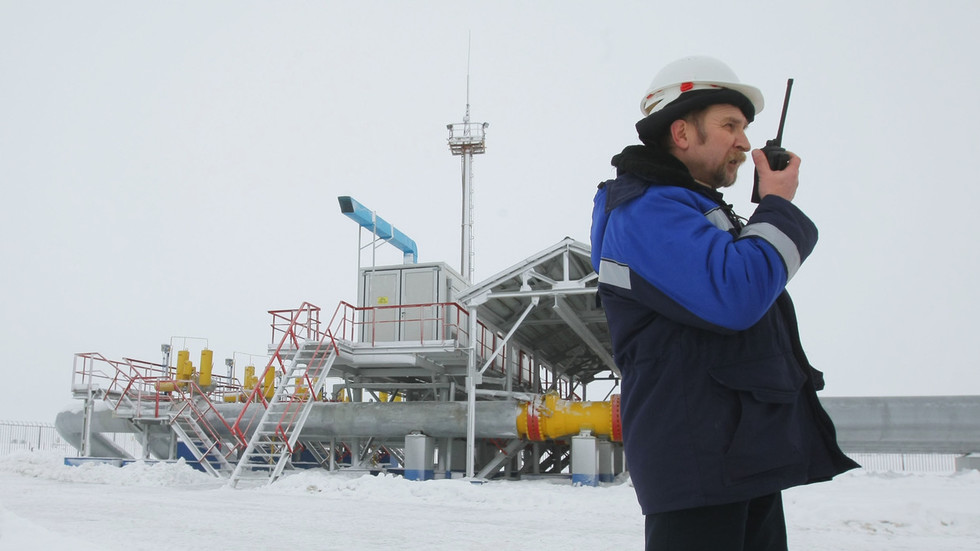
Supplies have recovered from a recent drop due to rising demand on expectations of colder weather

© Sputnik / Ilya Pitalev
Russian energy giant Gazprom has increased its daily volume of gas transit through Ukraine to the EU by 20% for the first time in weeks, the company announced on Wednesday.
Supplies jumped to 29.4 million cubic meters (mcm) on February 1, compared to 24.5 mcm pumped the previous day through the Sudzha entry point, which remains the only operating interconnector in Ukraine.
“Gazprom supplies Russian gas for transit through the territory of Ukraine in the amount confirmed by the Ukrainian side through Sudzha – 29.4 mcm as of February 1,” Gazprom spokesperson Sergey Kupriyanov told reporters.
Kupriyanov added that an application had been rejected for the Sokhranovka transit point, which previously served as a key gas transit route through Ukraine and handled about a third of the Russian gas flowing through the country to the EU. Ukraine shut down transit through Sokhranovka in early May, citing “interference by the occupying forces.”
Russian gas deliveries to the EU via Ukraine were slashed from last May in the aftermath of the bloc’s sweeping anti-Russia sanctions, and stood between 40 to 43 mcm per day. This year, shipments declined sharply from 35.5 mcm in early January to 24 mcm by the end of the month.

Analysts attributed the lower volumes to warm winter temperatures in Europe and to high stocks of gas in underground storage facilities. Imports have somewhat rebounded after gas prices began to rise on expectations of colder weather next week. Flows are still about 27% lower than levels at the start of the winter gas season last year, according to Reuters estimates.
Meanwhile, requests for Russian gas from Ukraine to Slovakia via the Velke Kapusany border point also surged to 23.7 mcm compared to 18.6 mcm the previous day, Ukrainian transmission system data showed.
Gas transit through Ukraine remains the only route for Russian supplies to the countries of Western and Central Europe after sabotage attacks in September rendered the Nord Stream pipeline inoperable. Gazprom also exports gas via the Turkish Stream and Blue Stream pipelines to Southern and South-Eastern Europe.
For more stories on economy & finance visit RT’s business section




